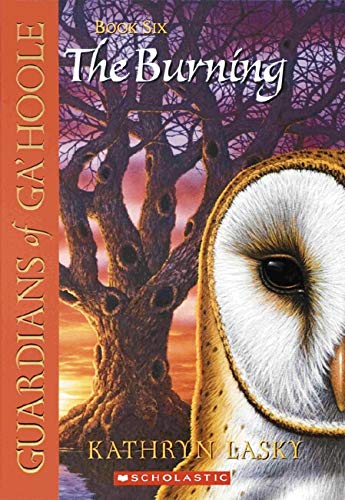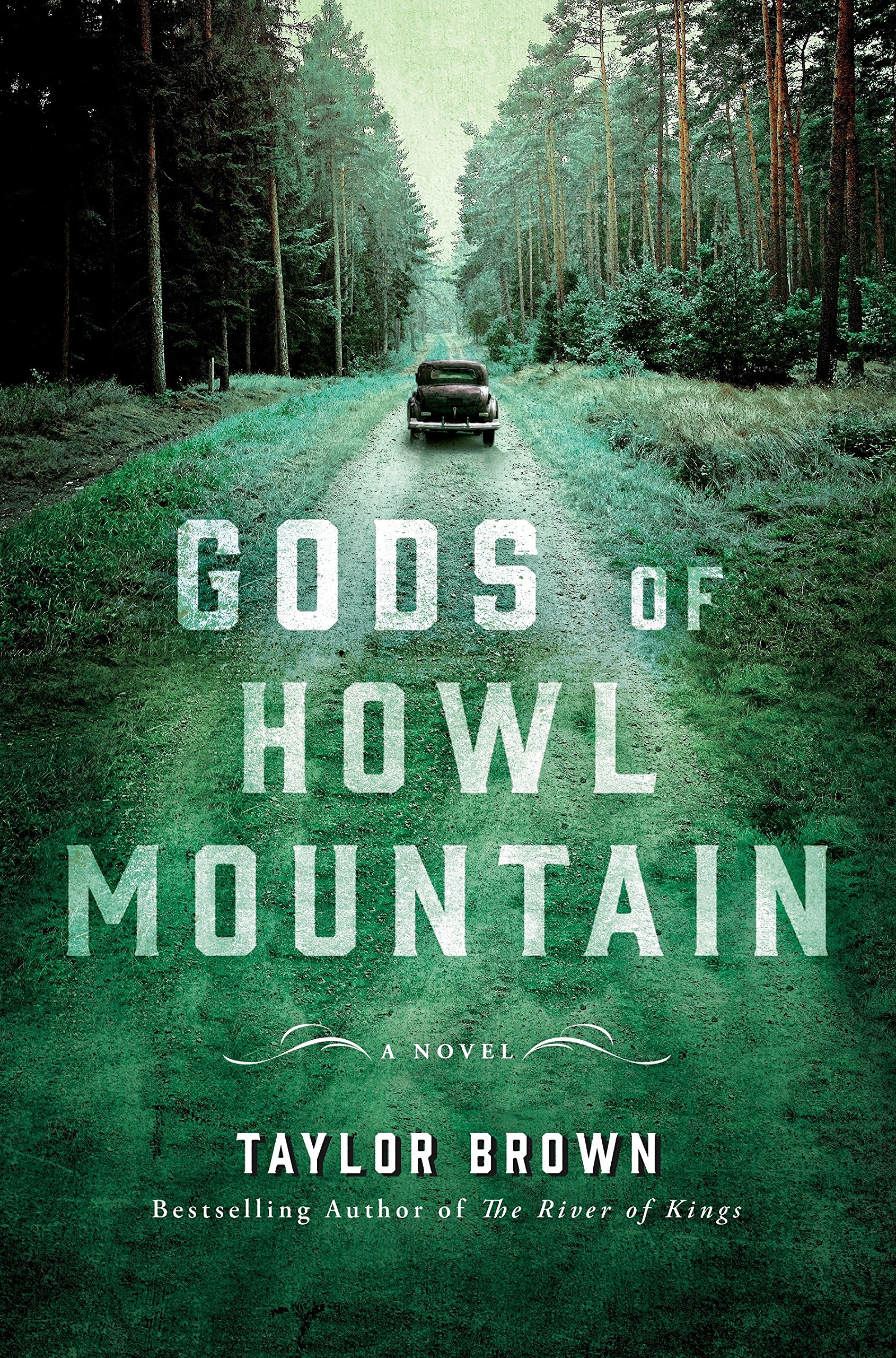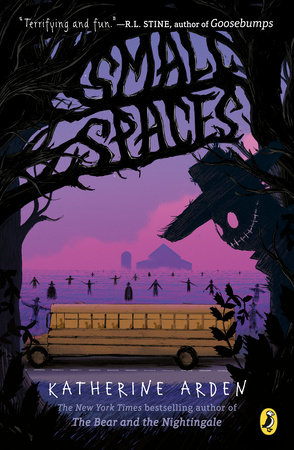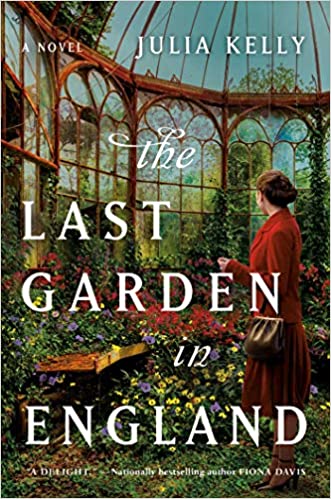Owl Books
by Evren Celik, Library Assistant 2
 I don’t remember if I picked up the the Guardians of Ga’Hoole because I was already fond of owls, or if the series itself began the interest. Regardless of the origin, Kathryn Lasky’s series was part of several years where at least sixty percent of my brain was occupied by owl facts at any given moment. Over time, this led to a collection of owl encyclopedias, trips to the zoo, requests to go to a bird sanctuary for my birthday, and several notebooks full of detailed facts about my favorite species, the long-eared owl.
I don’t remember if I picked up the the Guardians of Ga’Hoole because I was already fond of owls, or if the series itself began the interest. Regardless of the origin, Kathryn Lasky’s series was part of several years where at least sixty percent of my brain was occupied by owl facts at any given moment. Over time, this led to a collection of owl encyclopedias, trips to the zoo, requests to go to a bird sanctuary for my birthday, and several notebooks full of detailed facts about my favorite species, the long-eared owl.
A keen interest in which types of owls swallow their food whole, however, is not a requirement to enjoying Lasky’s series. Spanning 16 books, the Guardians of Ga’Hoole follows a ragtag group of owls whose adventures involve a school of magic, a mystery as old as the world itself, and a quest to solve the mystery and stop a rising evil. The series jumps between several overlapping plots, which are slowly revealed through various perspectives and parallel timelines. The premise resembles a mix of Warrior Cats and The Earthsea Cycle, but the storytelling and plotline are similar to series like The Lord of the Rings or The Dark Is Rising.
The first six books follow Soren, a fledgling barn owl, who begins the aptly-named first novel “The Capture” by falling out of his nest and being captured. Soren and some owls he meets in captivity go on to form “the band,” whose adventures make up the main narrative until book six, “The Burning.” The next two novels, “The Hatchling” and “The Outcast,” are told through the eyes of a new protagonist named Coryn. Far from a side story, this narrative jump addresses unresolved aspects of the first six books, before continuing forward to parallel the main plotline.
Books nine through eleven were announced as a spinoff series called Legends of Ga’Hoole but ultimately incorporated into the main storyline. First, we pivot back to Soren and the band, who have been searching for the world’s history. “The First Collier,” “The Coming of the Hoole,” and “To Be a King” explore the establishment and early conflicts of the world of Hoole. These early stories reveal what Soren and the gang must do to save the world, and “The Golden Tree” brings us back to the present as they set out on a final quest.
The rest of the books tie Soren and Coryn’s stories together, bringing the tale full circle and ending the series. Although Lasky’s individual novels are relatively short, the universe they reside in is not. “The War of Ember” is the final and 15th book in the series, but in 2013 Lasky wrote a prequel, “The Rise of a Legend.” It explores the journey and motives of a major character we meet early on. After that, there’re some spinoff novels and three separate series placed in the same universe, which totals 31 books.
I did say owl facts aren’t a requirement for enjoying the series, and they’re not. You could easily enjoy the magic and adventure without researching every new species that’s introduced. However, if the series sparks an interest in the slightly-less-magical owls of our world, here’re some suggestions:
“Owls: the Silent Fliers” by R. D. Lawrence covers the historical understanding of owls through to the present. With plenty of wildlife photography and a chapter for each of North America’s nineteen owl species, Lawrence has an owl to suit anyone. Detailed descriptions of how and where each species hunts, where they live, and what they look like are contextualized in explanations of the owls’ family structures and life cycles.
“Owls” by Gail Gibbons can be found in the Animal Neighborhood of the Children’s Room. Topics include each owl’s birth and lifetime development, their lives and habitats, and threats to the species like deforestation. Carefully-labeled illustrations help readers name body parts, recognize distinct features, and recognize each species in the wild. Plenty of definitions and diagrams make “Owls” an accessible and engaging read for any owl fan.
If you’d like more owl facts (or maybe even book recommendations regarding a different theme) you can always request a Personalized Reading List or check out Quick Picks for Kids.


 As the weather begins to tease at warmer afternoons and evening thunderstorms, the allure of spring draws me outdoors. It was always during this weather that our family would pack into our car for a several hour drive to the Rocky Mountains. A hint of the ranges would rise over the flat Eastern Colorado horizon until the smooth, hazy blue mounds transformed into jagged boulders above the tree line, still garnished with miles of snow along the peaks. Years later, I averted my eyes from a similar rocky drop while hiking to the top of Grays Peak. Sitting at the top of the mountain, I noted the uncountable peaks within my sightline and the slabs jutting out of the innumerable stones below, measuring the hikers on the trail below between my thumb and forefinger. We were in the shadow of nature’s enormity, a minor character in its million-year narrative. It’s this love of the beauty and danger of nature paired with a family history of rural places that has attracted me to Southern Noir. The Appalachian Mountains allow for more life and growth within their peaks than the Rockies to the west, creating the perfect setting.
As the weather begins to tease at warmer afternoons and evening thunderstorms, the allure of spring draws me outdoors. It was always during this weather that our family would pack into our car for a several hour drive to the Rocky Mountains. A hint of the ranges would rise over the flat Eastern Colorado horizon until the smooth, hazy blue mounds transformed into jagged boulders above the tree line, still garnished with miles of snow along the peaks. Years later, I averted my eyes from a similar rocky drop while hiking to the top of Grays Peak. Sitting at the top of the mountain, I noted the uncountable peaks within my sightline and the slabs jutting out of the innumerable stones below, measuring the hikers on the trail below between my thumb and forefinger. We were in the shadow of nature’s enormity, a minor character in its million-year narrative. It’s this love of the beauty and danger of nature paired with a family history of rural places that has attracted me to Southern Noir. The Appalachian Mountains allow for more life and growth within their peaks than the Rockies to the west, creating the perfect setting. Voting for my favorite William Allen White book was always a treat in elementary school. My school librarian, Mrs. Nickel, got us excited about the books on the list and voting in the election. Announcing the winner was a library celebration. The winning book, with the cover already worn and pages curled from so many checkouts, was ceremoniously given the gold
Voting for my favorite William Allen White book was always a treat in elementary school. My school librarian, Mrs. Nickel, got us excited about the books on the list and voting in the election. Announcing the winner was a library celebration. The winning book, with the cover already worn and pages curled from so many checkouts, was ceremoniously given the gold  “
“